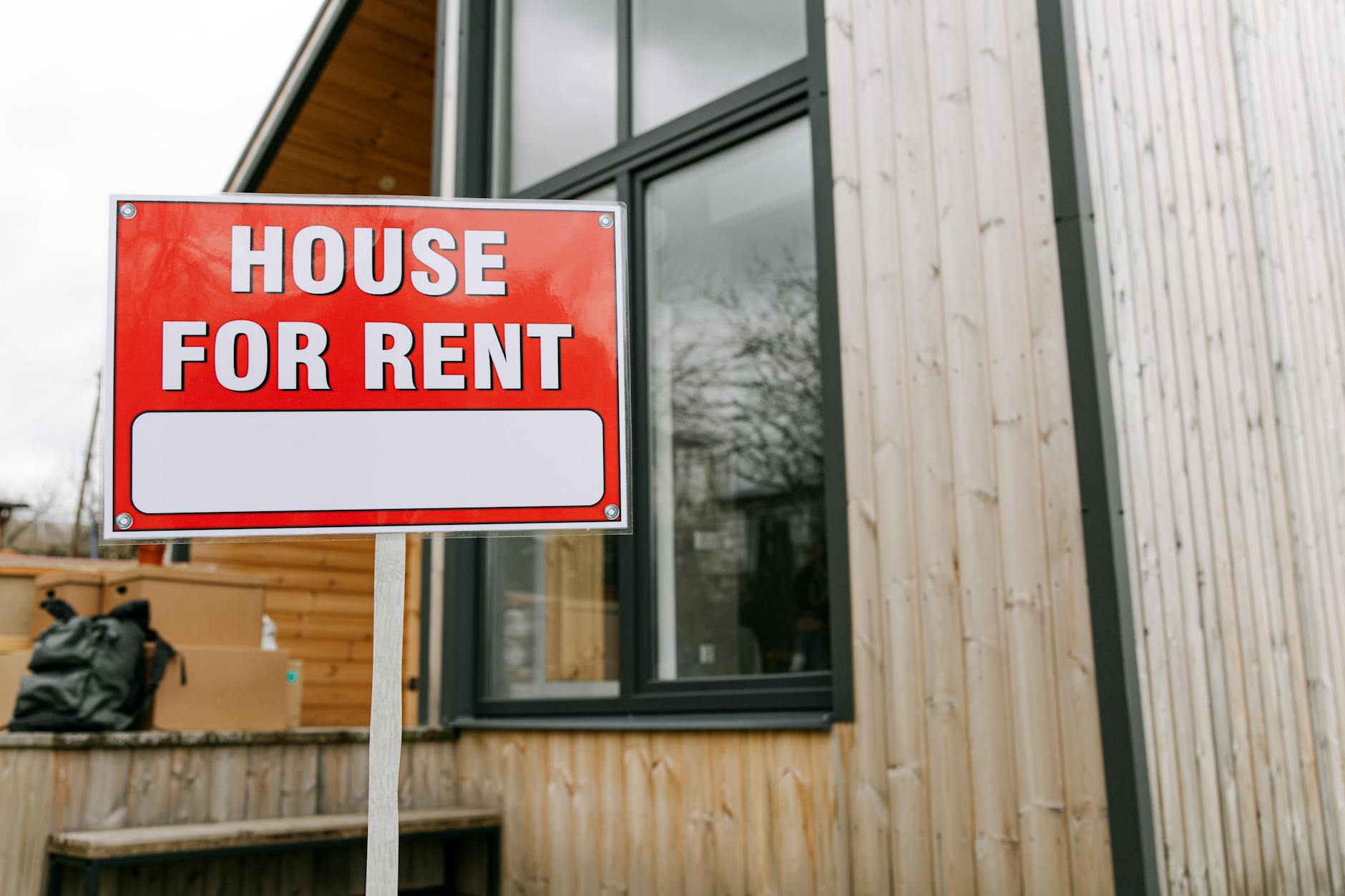Essential Guide to Rental Property Management for New Investors
Essential guide to rental property management for new investors
Entering the rental property market can be a rewarding endeavor, but it requires more than just purchasing a home and finding tenants. For new investors, understanding the ins and outs of rental property management is essential to protect their investment, maximize income, and avoid common pitfalls. Effective management covers everything from selecting the right property and tenants to handling maintenance and staying compliant with legal requirements. This guide will walk you through the foundational aspects of rental property management, providing practical steps and insights tailored specifically for those who are just starting out in real estate investing. Whether your goal is to build a passive income stream or grow a real estate portfolio, mastering these management principles is key to success.
Selecting the right property and location
One of the first decisions that significantly impacts rental property success is choosing the right property and location. Location determines tenant demand, rental rates, and even long-term appreciation potential. When evaluating neighborhoods, consider factors like proximity to schools, employment centers, public transportation, and amenities. Additionally, research local vacancy rates and average rental prices to gauge profitability.
Property type is another consideration. Single-family homes tend to attract longer-term tenants such as families, while multi-unit buildings can provide more stable cash flow through diversified tenancy. New investors should also assess the property’s condition and required repairs, as excessive initial costs could affect cash flow negatively.
| Factor | Considerations | Impact on investment |
|---|---|---|
| Location | Schools, transport, amenities, crime rates | Higher demand, better rental income, appreciation |
| Property type | Single-family vs. multi-family | Tenant profile, cash flow stability |
| Condition | Renovations, repairs, age | Upfront cost, maintenance expenses |
Tenant screening and lease agreements
Once the property is ready, finding reliable tenants is crucial to a smooth rental experience. A thorough tenant screening process helps minimize risks associated with nonpayment, property damage, or lease violations.
Best practices include verifying income to ensure tenants can afford rent, checking credit scores, contacting previous landlords for references, and conducting background checks. It’s equally important to draft a comprehensive lease agreement that clearly outlines all terms such as rent amount, payment due dates, security deposit conditions, maintenance responsibilities, and rules around pets or subletting. A strong lease protects both parties and provides legal recourse in case of disputes.
Maintenance and property upkeep
Maintaining the property is an ongoing responsibility that safeguards its value and keeps tenants satisfied. Establishing a regular maintenance schedule prevents small issues from becoming costly repairs. This might include seasonal checks for HVAC systems, plumbing inspections, pest control, and landscaping.
Responsive communication when tenants report problems builds trust and encourages longer tenancy. New investors should budget for unexpected repairs and consider whether to hire a professional property manager for maintenance coordination or manage these tasks independently.
Financial management and legal compliance
Effective rental property management also demands diligent financial tracking and adherence to legal regulations. Investors must maintain clear records of income and expenses, including rent payments, repair costs, property taxes, and insurance. This information is essential for tax preparation and evaluating investment performance.
Legal compliance involves understanding local landlord-tenant laws, fair housing regulations, and safety codes. Failure to comply can lead to penalties or costly litigation. It is wise to consult a real estate attorney or property management specialist to stay updated and ensure contracts and practices meet all legal standards.
Summary table of key rental property financial metrics:
| Metric | Description | Benchmark |
|---|---|---|
| Gross rental yield | (Annual rent ÷ property price) × 100 | 6-10% |
| Net operating income (NOI) | Income after operating expenses | Varies by market |
| Cash flow | NOI minus mortgage and debt service | Positive cash flow is desired |
Conclusion
Entering the rental property market as a new investor involves mastering several interrelated aspects of management. Selecting the right property and location lays the foundation for attracting quality tenants and achieving good returns. Thorough tenant screening and robust lease agreements reduce risks of loss or disputes. Diligent maintenance keeps your investment valuable and tenants happy, while careful financial oversight and legal compliance protect both your profits and reputation. By approaching rental property management with these principles, you can build a successful and sustainable investment portfolio.
Remember, rental property management is an evolving skill that improves with experience. Taking the time to plan and execute these steps thoughtfully not only safeguards your investment but also enhances your confidence and effectiveness as a landlord. For new investors willing to invest effort into learning and applying these strategies, the reward can be a steady, long-term passive income and financial growth through real estate.
Image by: Ivan Samkov
https://www.pexels.com/@ivan-samkov
editor's pick
latest video
news via inbox
Nulla turp dis cursus. Integer liberos euismod pretium faucibua

